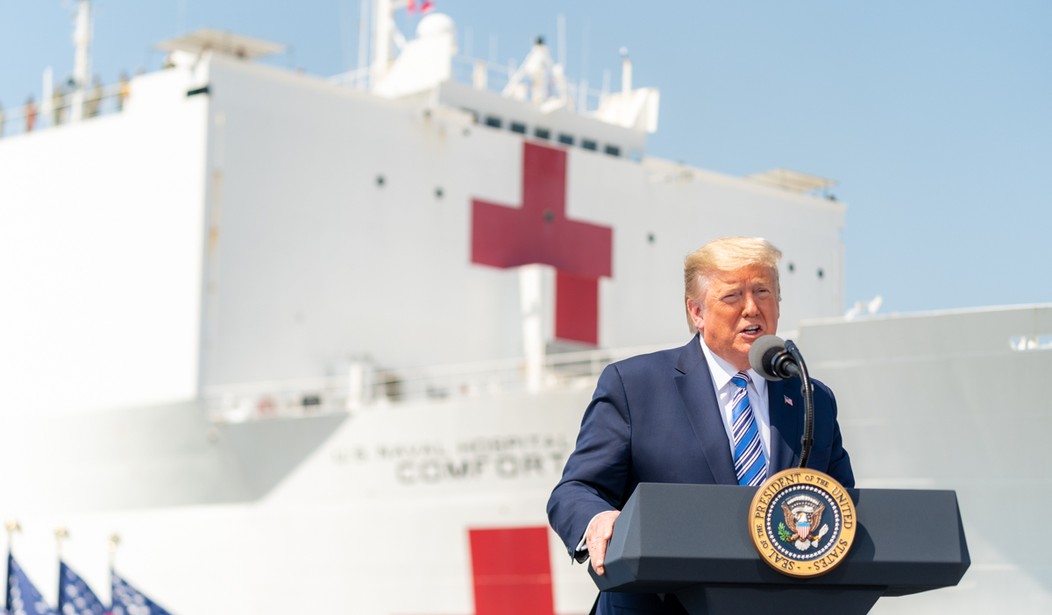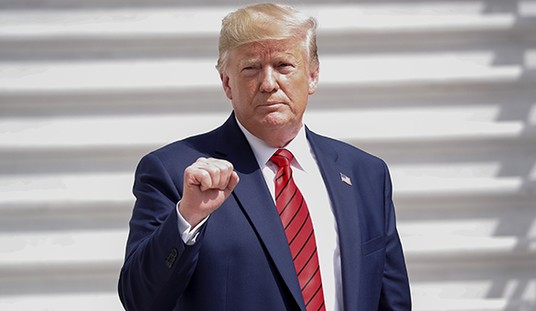In 2020, the Trump campaign believed they had a chance to steal Minnesota from the Democrats. Even though some polls showed Trump down by as much as 8 points two weeks before the election, the former president journeyed to Minnesota a little more than two weeks before the vote because he "had a feeling" about the state.
In Minnesota, Trump lost to Hillary Clinton in 2016 by less than two points. His sojourn through the state so late in the campaign seemed quixotic considering the polls and the tight races in other "Blue Wall" states for Biden, including Michigan and Wisconsin.
As it was, Trump lost by more than seven points to Biden in 2020. Whatever feeling Trump had about the state, it proved to be in error.
The difference between 2016 and 2020 was a Democratic ground game that blew the GOP off the field. The unions in the state's Iron Range went all in for Joe Biden, while suburban Minneapolis and other suburbs gave Biden a comfortable victory.
Can Trump flip the script in 2024?
According to campaign documents obtained by CBS News, the Trump campaign is opening eight campaign offices in Minnesota and 11 more in the blue state of Virginia. This represents a significant effort to score upset wins in states that traditionally vote Democratic.
To be sure, the investment is not huge. But is it based on more than hope?
By putting Minnesota and Virginia on the map, the campaign believes it can add "at least 12 additional pathways to 270," according to the memo, which was written by James Blair, the Trump campaign's political director.
Trump has had his eye on flipping Minnesota and Virginia after several internal campaign polls allegedly showed that Mr. Biden's weakening favorability in those states — coupled with Trump's historic gains with Black and Hispanic voters — could spell an opening for the former president.
However, a Republican has not won Minnesota since Richard Nixon in 1972. Trump came close to turning the state red in 2016, but ultimately lost to Hillary Clinton by less than 2 percentage points.
It has been over two decades since a Republican clinched Virginia in a presidential election. Mr. Biden won the state by double digits in 2020.
So the reasons are partly hope (the surge in black and Hispanic support) and partly polling. Then, there's also history to consider.
Minnesota used to be a one-party state. The Democratic Farmer-Labor party, created by progressive Democrats like Hubert Humphrey in the 1940s, dominated state politics until the early part of this century. It's still a liberal state, but with the suburban vote becoming more important and the loss of power by labor unions in the Iron Range, Republicans have begun to make inroads in traditional Democratic territory. Trump almost broke through in 2016.
But really it was more of a mirage than a real shot at a breakthrough. Republicans simply don't have the organizational strength to seriously challenge the Democrats.
Trump does better than most candidates because of his huge crossover appeal to working-class Democrats. But Democrats have been able to get out their vote in the cities, the college campuses, and the traditionally Democratic Iron Range, which may have lost union power but where people still vote Democratic.
Trump can win Minnesota. But part of the reason for his investment in the state is strategic. Forcing Biden to play defense in a state he shouldn't have to is smart politics regardless of whether Trump has a chance.
Similar thinking is at work in Trump's bid for Virginia. Virginia is actually two states: Washington, D.C. collar counties in northern Virginia, which are heavily Democratic, and the rest of the state, which is largely Republican. There are Democratic enclaves in Norfolk and Richmond. But the majority of Virginia counties are GOP territory.
Until the early 2000s, Virginia was solidly Republican. But a growth spurt by DC and the presidency of Barack Obama cemented Virginia's place as a blue state. Now, Trump sees a real opening. Republican Governor Glenn Youngkin is fully on board the effort to give Virginia to the former president. Could Trump consider him for vice president and goose his chances to take the state?
“He’s great,” he said. “And I think I could consider that. Yes," Trump told Fox News on Thursday.
While experts think Virginia remains a presidential Democratic stronghold for now, they said that even among Democratic voters in Northern Virginia, frustration is growing with Biden’s handling of issues such as immigration and the conflict in Gaza—particularly among younger voters and progressives—as well as the large immigrant population in that part of the state. The Trump campaign says it also is making a play for Black voters amid diminishing enthusiasm for Biden.
While Beltway population centers, including the cities of Arlington and Alexandria and eastern Fairfax County, are virtually impenetrable Democratic blocs, senior officials with the Trump campaign and the state Republican party said Virginia Beach—Virginia’s most populous city—is in play, as are western Fairfax and Stafford counties.
The growth of Virginia Beach has been phenomenal. The Republican mayor there, Bobby Dyer, has overseen a transformation of the city, and the Hampton Roads metro area is now one of the state's largest with 1.8 million people. Is this the year that Virginia Beach leads a Republican revival in the state?
Not too many analysts are predicting that. But the combination of a falloff in turnout in the DC suburbs and an increased turnout in GOP counties could allow a candidate like Trump to prevail.
If that happens, it's goodbye Joe Biden .










